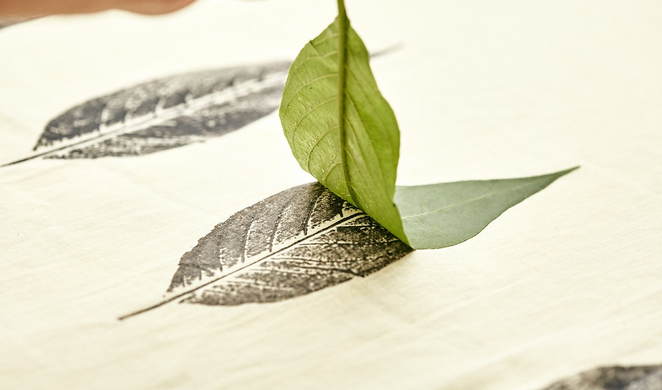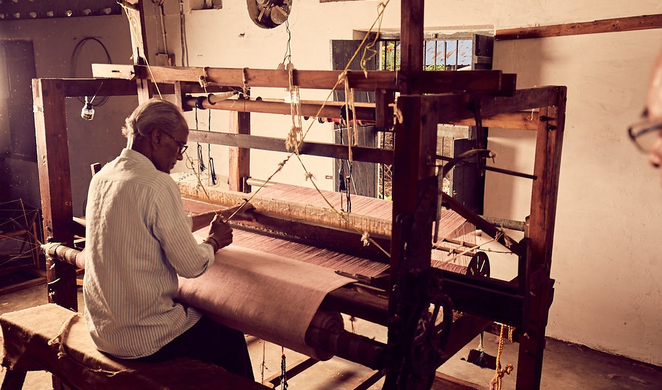Click here to edit the title
Magan Khadi is a unique fabric made from pure, organic cotton from Wardha, Maharashtra. A place that holds historic relevance, Tying back to Gandhiji who spent many significant years of his life here. It is important that you know that you are buying real khadi, certified by the Khadi and Village Industries Commission (KVIC).
You save the earth and its people.From the time cotton is picked till the time it becomes a saree, stole or any other Magan Khadi product, the entire process taken place in the same locality. This reduces carbon footprint while providing much needed precious livelihood to the local community. And the dyes are natural made from flowers, seeds and Nature’s extracts.
Click here to edit the title
Khadi is not just fabric, or a method of processing natural fibre. Khadi is a philosophy, that has stood the test of time, and is now looking confidently towards the future. It weaves together the stories and the destiny of the farmer and the many people involved in the seven subsequent production stages.. Khadi generates community-based livelihood and strengthens the village economy. It is a wonder fabric with less twist and softer weave which makes it uniquely thermally efficient.
Click to edit the title
Click to edit the title
Click here to edit the title
The ends of a khadi cloth are usually soft and loose as compared to a machine-woven cloth. So take a part of it and twist it in the direction of the yarn. If the threads tighten, the cloth is khadi. If it comes loose, it is handloom or mill-spun. Take the fabric, and look at it against a light source. If you spot a slight difference in density and considerable transparency, the cloth is most likely khadi. If the density is not uniform but the cloth is not very transparent, it is most likely handloom. If the spinning is completely uniform and the weaving opaque, the cloth is machine spun.
Khadi is very light and soft. Authentic khadi will have the KVIC Khadi logo. Khadi is expensive because it demands time, labour and years of expertise of spinners, weavers and tailors

